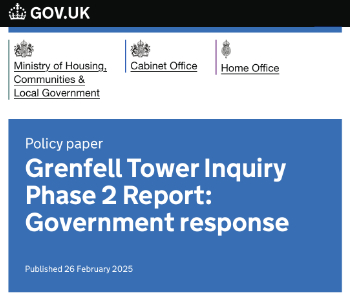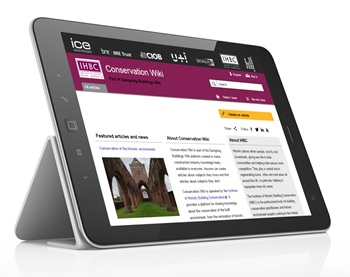Installed capacity
Installed capacity refers to the maximum output that a system, typically related to energy generation or consumption, can produce under optimal conditions. This is commonly used in reference to renewable energy installations (such as solar panels or heat pumps), combined heat and power (CHP) systems, or battery storage capacity within a building:
- Solar Panels (Photovoltaics - PV): Installed capacity refers to the total peak output (in kilowatts, kW or megawatts, MW) of all solar panels on a building when operating under ideal sunlight conditions.
- Heat Pumps: The installed capacity of an air-source or ground-source heat pump indicates its maximum heating or cooling output in kilowatts (kW).
- Battery Storage: For buildings with energy storage, installed capacity refers to the maximum charge/discharge rate or total energy storage (typically in kilowatt-hours, kWh).
- Combined Heat and Power (CHP) Units: The installed capacity of a CHP system represents its maximum electrical and thermal power output, usually measured in kW or MW.
Energy Performance Certificates (EPCs) and Building Regulations may reference installed capacity when assessing energy efficiency. Feed-in Tariffs (FITs) and Smart Export Guarantee (SEG) schemes use installed capacity to determine eligibility and payments for energy generation. Larger installations may require approval based on their installed capacity and potential grid impact.
[edit] Related articles on Designing Buildings
Featured articles and news
Restoring Alexander Pope's grotto
The only surviving part of his villa in Twickenham.
International Women's Day 8 March, 2025
Accelerating Action for For ALL Women and Girls: Rights. Equality. Empowerment.
Lack of construction careers advice threatens housing targets
CIOB warning on Government plans to accelerate housebuilding and development.
Shelter from the storm in Ukraine
Ukraine’s architects paving the path to recovery.
BSRIA market intelligence division key appointment
Lisa Wiltshire to lead rapidly growing Market Intelligence division.
A blueprint for construction’s sustainability efforts
Practical steps to achieve the United Nations Sustainable Development Goals.
Timber in Construction Roadmap
Ambitious plans from the Government to increase the use of timber in construction.
ECA digital series unveils road to net-zero.
Retrofit and Decarbonisation framework N9 launched
Aligned with LHCPG social value strategy and the Gold Standard.
Competence framework for sustainability
In the built environment launched by CIC and the Edge.
Institute of Roofing members welcomed into CIOB
IoR members transition to CIOB membership based on individual expertise and qualifications.
Join the Building Safety Linkedin group to stay up-to-date and join the debate.
Government responds to the final Grenfell Inquiry report
A with a brief summary with reactions to their response.
A brief description and background to this new February law.
Everything you need to know about building conservation and the historic environment.





















